#7 in Vietnam
Popular Chả Giò Variations

Chả Giò Rế
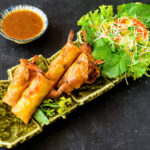
Chả Giò Tôm Thịt
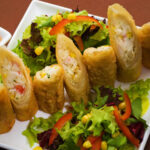
Chả Giò Hải Sản

Chả Giò Cua

Chả Giò Cá
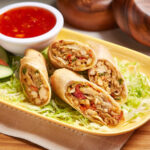
Chả Giò Gà
Chả Giò: Ingredients and Preparation
Main Ingredients
Main Cooking Method
Preparation Process
Chả Giò: A Deep Dive
Cultural Significance
Taste
Texture
Aroma
Color
Serving Style
Serving Temperature
Accompaniment
Occasions
Seasons
Special Diets
Calories
Popularity
Popular Similar Dishes
- Nem rán
- Lumpia
- Egg rolls
Popular Dining Area
Chả giò, or Vietnamese fried spring roll, is a popular Vietnamese dish known by different names in other regions of Vietnam, such as nem rán in the North and chả ram (or ram) in the Central region. At Tết feasts (or Vietnamese Lunar New Year), chả giò is one of the four staple dishes.
This specialty consists of ground pork, mushrooms, and thinly sliced vegetables like carrots and jicama, all wrapped in a rice paper sheet and deep-fried until golden and crispy.
While pork is the most commonly used meat, variations can include other proteins like crab, shrimp, chicken, or even tofu for a vegetarian version.
The exact composition of chả giò can vary, with some versions incorporating ingredients like taro root or mung beans to alter the texture or maintain the crispiness of the rolls over time.
The dish is versatile and can be enjoyed on its own, dipped in a tangy fish sauce blend, or served alongside fresh vegetables and rice vermicelli noodles.
Allow me to guide you through the unique features and ingredients of the dish, elucidate the distinctions between nem rán, chả giò, and chả ram, explore the various variations of chả giò, and introduce its customary sides.
Additionally, I’ll discuss the advantages and drawbacks, contrast chả giò with gỏi cuốn, compare chả giò to lumpia, and differentiate between Vietnamese and Chinese fried spring rolls, followed by addressing frequently asked questions and related dishes.
Key Points
Chả Giò Images
What Are Chả Giò Made of?
Here’s a basic table outlining the main ingredients typically found in Chả Giò:
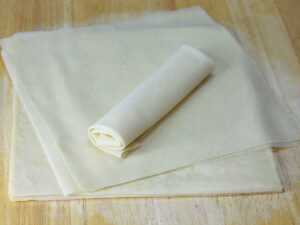
Wrapper
Usually soft popiah skin or rice paper. There are also different versions made of other wrapper types.
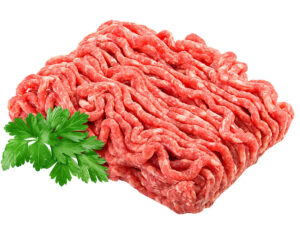
Fillings
Meat: Ground pork (commonly used), crab, shrimp, chicken, tofu (for vegetarian versions)
Vegetables: Mushrooms, carrots, kohlrabi, jicama, taro root (optional)
Noodles: Cellophane noodles (also known as glass noodles)
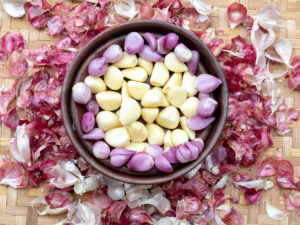
Seasonings
Garlic, shallots, fish sauce, pepper, salt, sugar
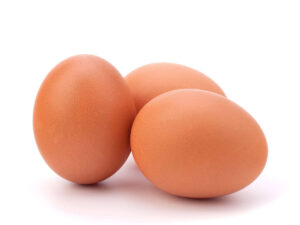
Additional
Eggs (optional), various spices to taste
These ingredients are combined, wrapped in different types of rice paper, and deep-fried to create the traditional Chả giò.
What Are Common Wrappers for Chả Giò?
Here are the types of wrappers used for making various Vietnamese rolls and their characteristics:
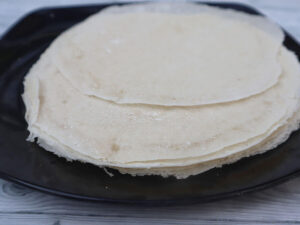
Bánh Tráng Bò Bía Đậu Xanh
Crispy and spongy texture that turns a beautiful natural yellow when fried.
English Names:
Soft spring roll skin
Country Region’s:
Southern Vietnam

Bánh Tráng Mè
Richer in flavor due to sesame seeds, offering a unique taste, often used to make a type of roll called “ram”.
English Names:
Sesame rice paper
Country Region’s:
Central Vietnam

Bánh Tráng Rế
Crispy and melts in your mouth, possibly with a net-like appearance.
English Names:
Net rice paper
Country Region’s:
Mekong Delta

Bánh Tráng Gạo
Crispy with an opaque white color, these are typically used for making fried spring rolls known as “nem rán”.
English Names:
Rice paper
Country Region’s:
Northern Vietnam
Whether the classic “nem rán” of the North, the Central’s beloved “chả ram,” or the ubiquitous “chả giò,” each roll’s distinctive character is influenced by the specific type of wrapper used.
Chả Giò vs. Nem Rán vs. Chả Ram
Below is a comparison table summarizing the characteristics of nem rán, chả giò, and chả ram:
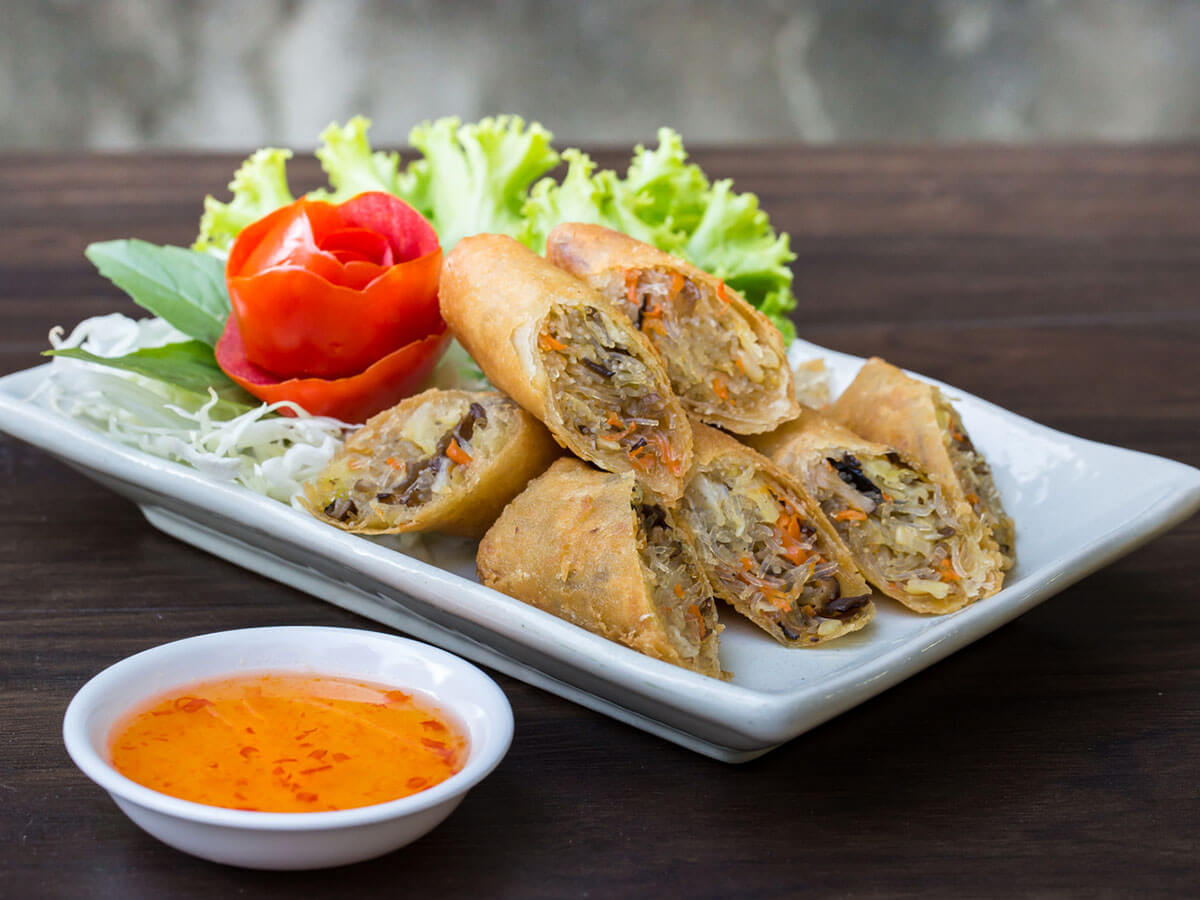
Chả giò
Region: Southern Vietnam
Wrapper: Bánh rế or bánh tráng bò bía
Filling: A complex mix including ground meat, glass noodles, wood ear mushrooms, carrots, taro, etc.
Size: Varies, but can be substantial in size
Serving: Can be a standalone dish or part of dishes like Bún Thịt Nướng and Bún Chả Giò
Dipping Sauce: Fish sauce with garlic, chili, sometimes sweetened
Distinctive Versions: Chả giò hải sản, chả giò tôm thịt, chả giò rế
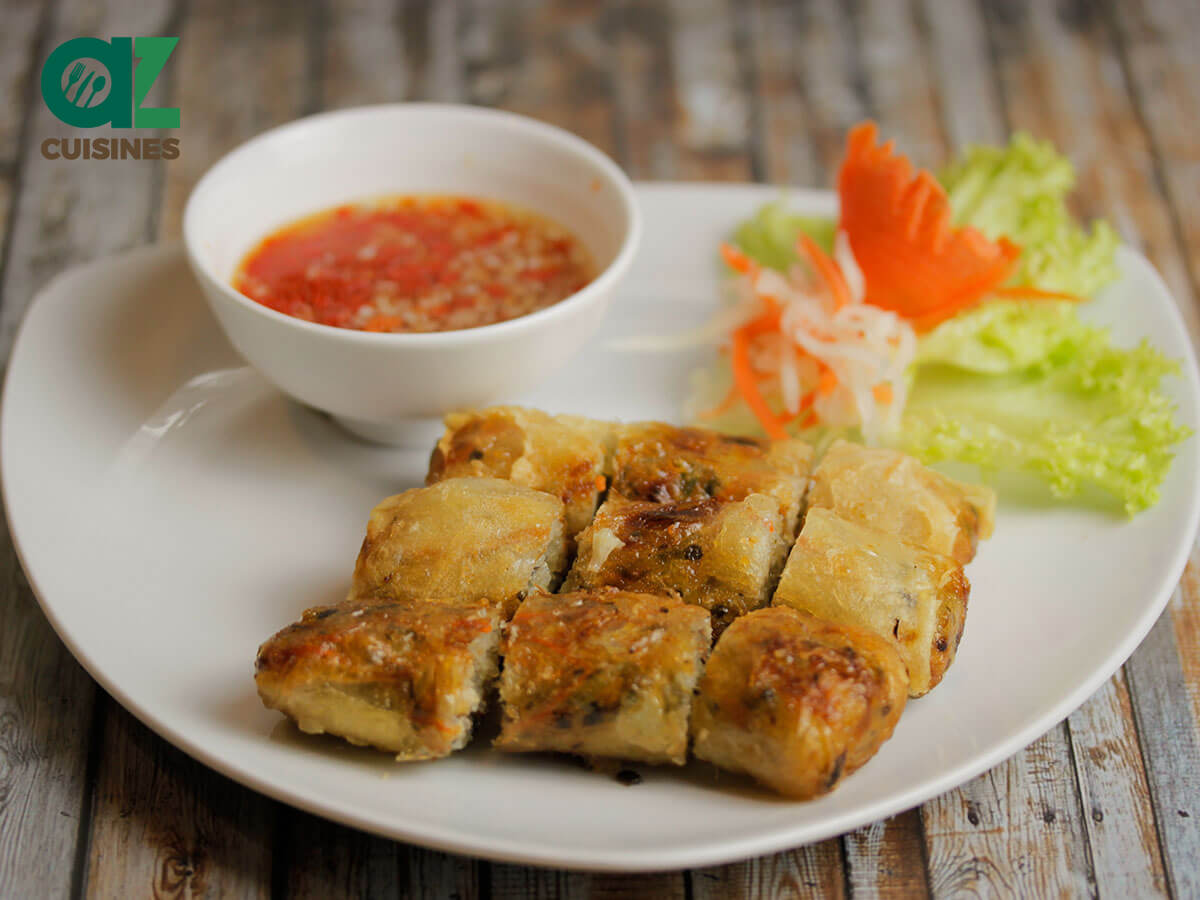
Nem rán
Region: Northern Vietnam
Wrapper: Bánh tráng gạo (rice paper, often referred to as bánh đa nem)
Filling: A mix of ground meat (pork, crab, shrimp), glass noodles, carrot, egg, and onions, often with a focus on seafood
Size: Large, cut into smaller pieces for serving
Serving: With bun (vermicelli noodles), fresh herbs, and dipping sauce
Dipping Sauce: Warm, diluted mixture of fish sauce, water, sugar, vinegar, with pickled vegetables
Distinctive Versions: Nem cua bể from Hai Phong
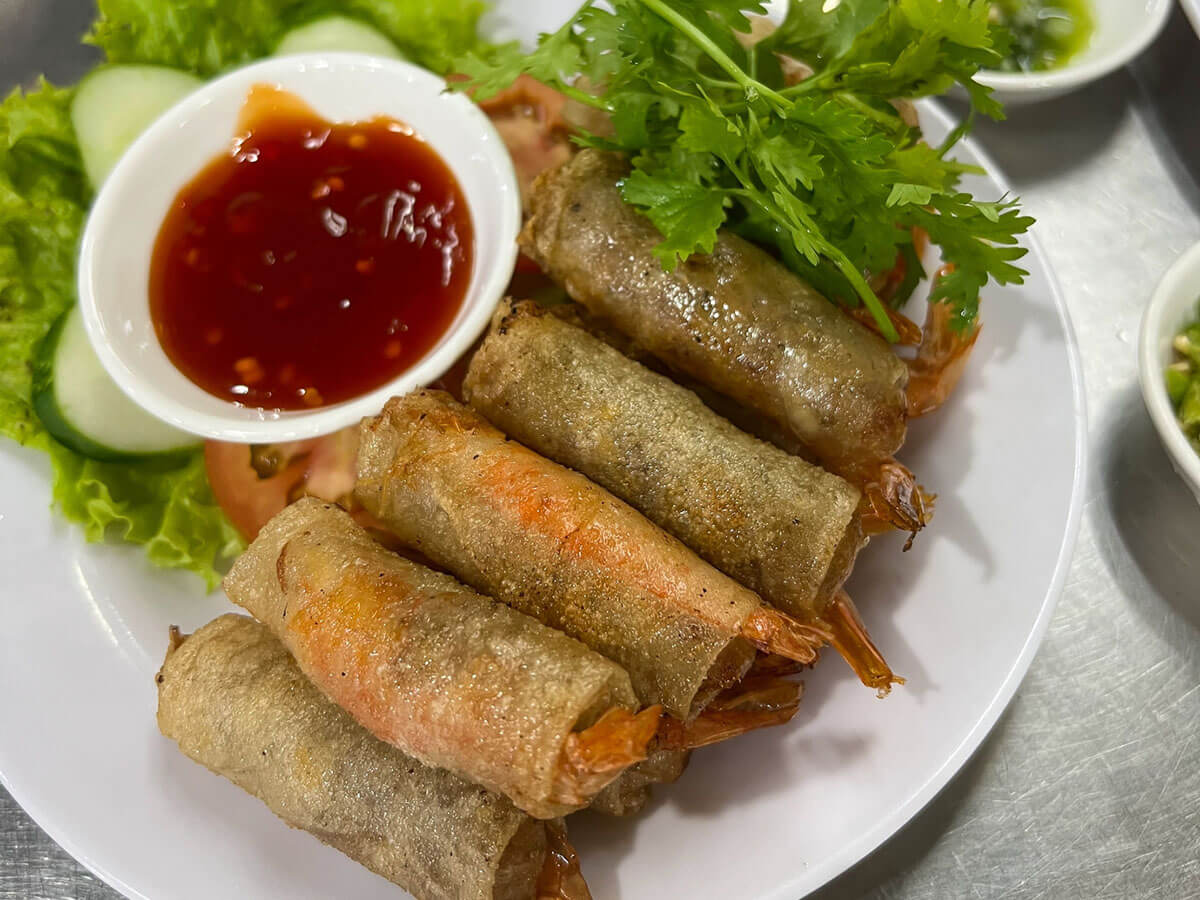
Chả ram
Region: Central Vietnam
Wrapper: Specialized rice paper, such as bánh tráng mè or bánh tráng phơi sương
Filling: Typically a single main ingredient like ground shrimp or pork fat
Size: Small, typically the size of a finger
Serving: Often served with bun and fresh vegetables
Dipping Sauce: Typically sweet and sour fish sauce or peanut sauce
Distinctive Versions: Ram bắp from Quang Ngai, chả ram tôm đất from Binh Dinh
What Are Different Variations of Chả Giò?
Below is a table summarizing other variations of chả giò:
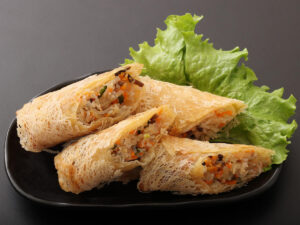
Chả Giò Rế
This version features a net-like rice paper wrapper that becomes crispy when fried.
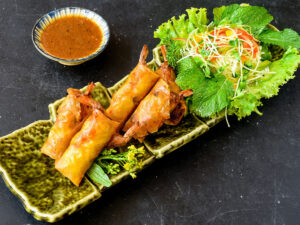
Chả Giò Tôm Thịt
A traditional spring roll with a combination of pork and shrimp filling.
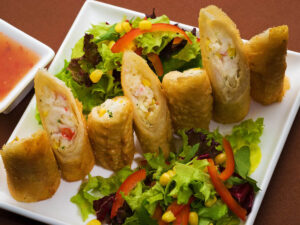
Chả Giò Hải Sản
Filled with assorted seafood, it’s a flavorful twist on the classic.
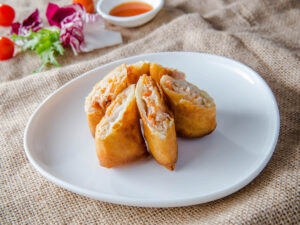
Chả Giò Cua
This roll focuses on crab meat, offering a rich and sweet flavor.

Chả Giò Cá
Incorporates fish and distinct spices, unusual but flavorful.

Chả Giò Gà
A poultry alternative to the traditional pork, lighter in taste.
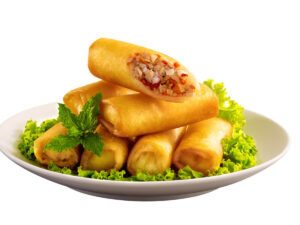
Chả Giò Chay
A vegetarian option with tofu replacing meat, often with a variety of vegetables.
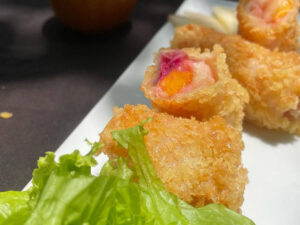
Chả Giò Trái Cây
A sweet variant of the spring roll, filled with fresh fruit and often served with a sweet sauce.
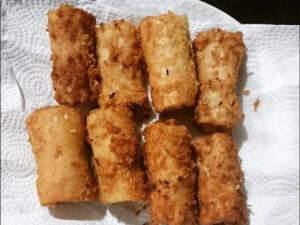
Chả Giò Sữa
A version filled with sweetened milk, deep-fried for a creamy, crispy treat.
Considering the diverse array of chả giò variations available, pairing them with appropriate accompaniments can elevate the dining experience and complement their distinct flavors.
What to Serve with Chả Giò?
Chả giò, a Vietnamese fried spring roll, is traditionally served as an appetizer and can be enjoyed in a variety of ways. Below are some popular accompaniments for it:
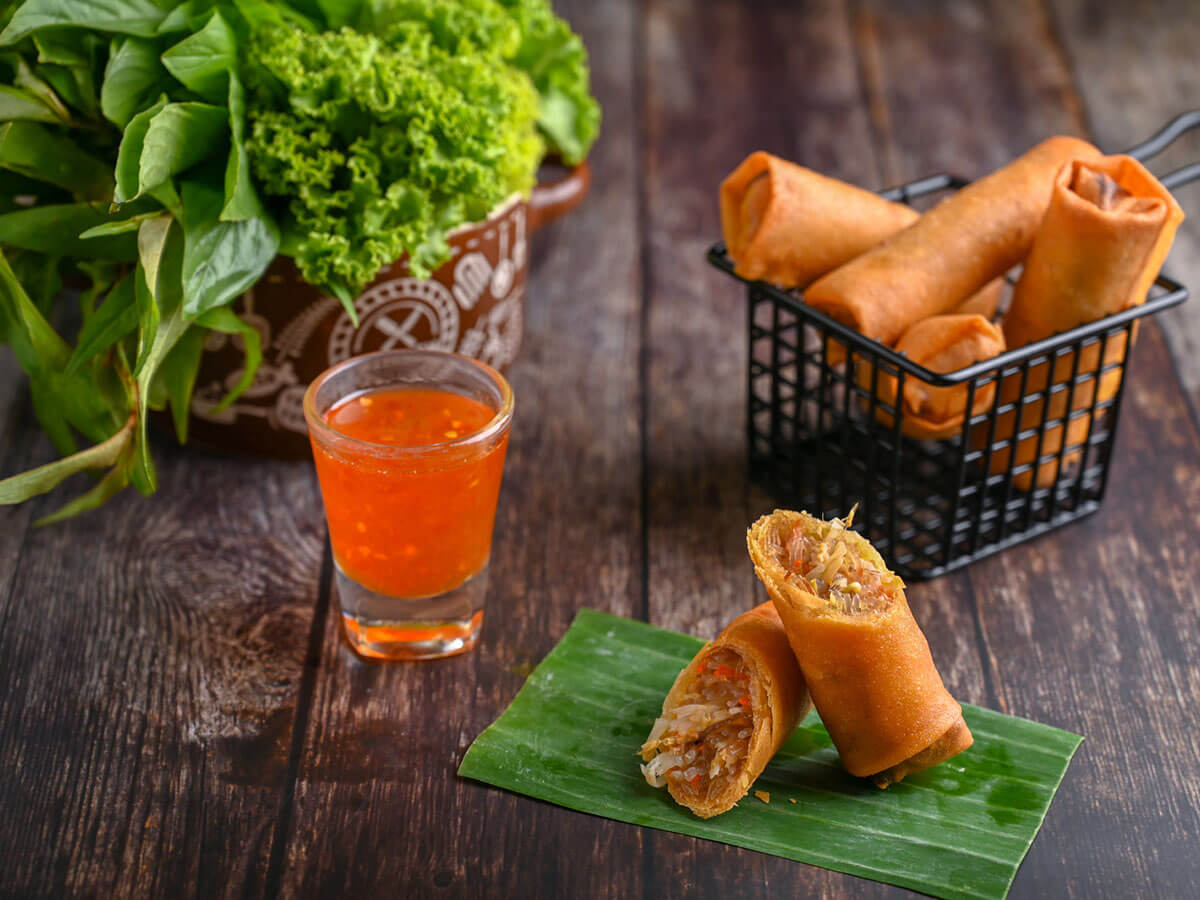
Fresh Herbs And Lettuce:
Often served alongside chả giò, providing a crisp texture and refreshing contrast when used to wrap the rolls.
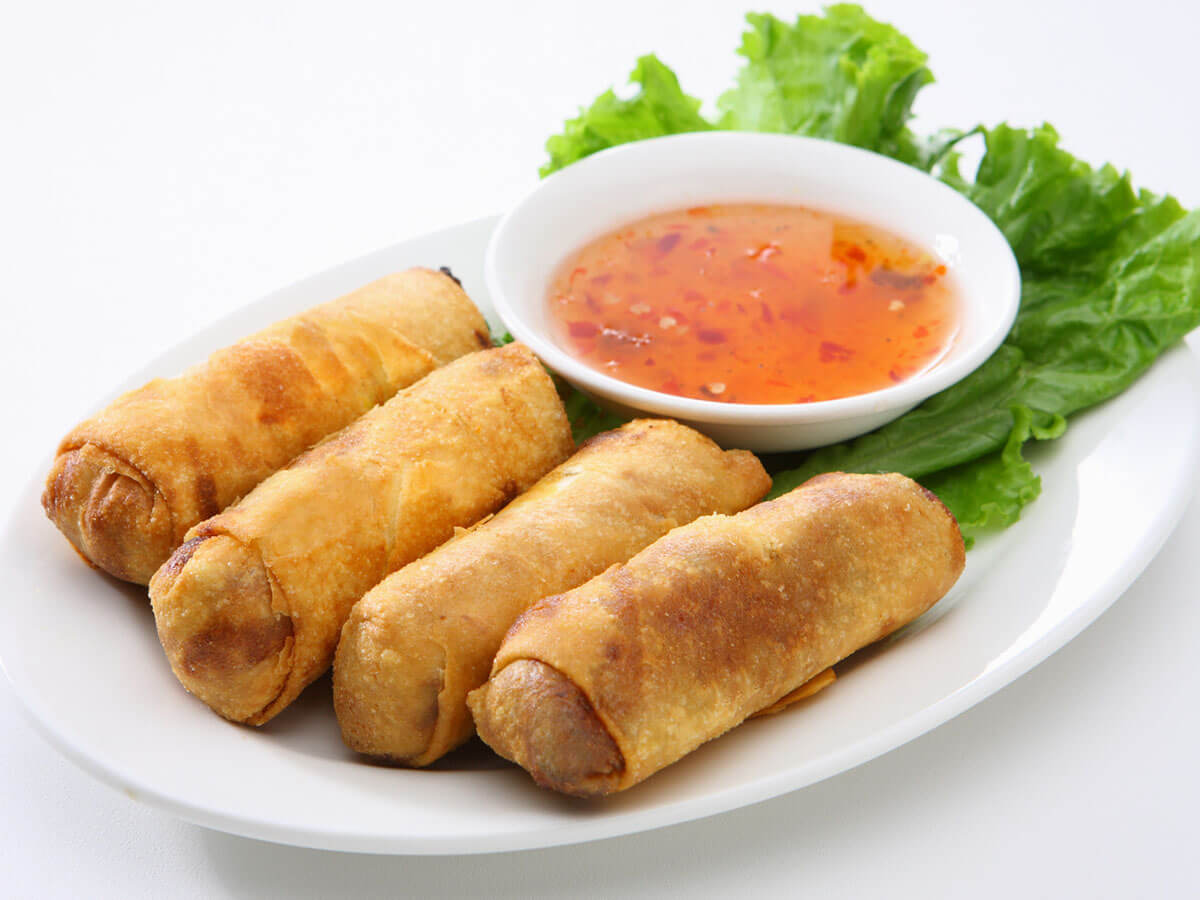
Nước Mắm Tỏi Ớt (Vietnamese Dipping Sauce):
Also called nước chấm or nước mắm pha, a flavorful combination of fish sauce, lime juice or vinegar, water, sugar, garlic, and chili pepper.
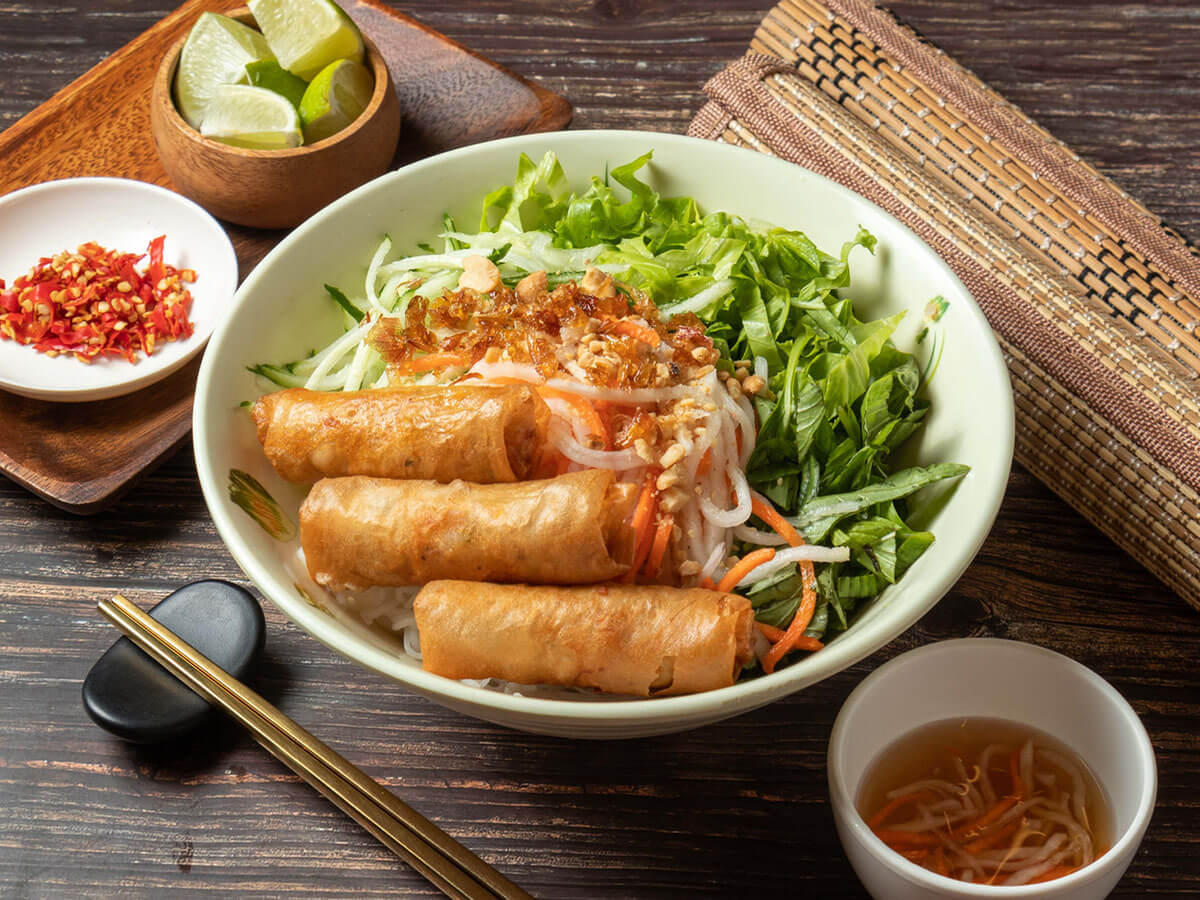
Rice Vermicelli (Bún Chả Giò):
Sometimes paired with chả giò for a more filling dish, offering a soft texture against the crispy rolls.
While chả giò is a beloved Vietnamese dish known for its crispy texture and flavorful filling, it is important to consider the pros and cons of chả giò.
Pros and Cons of Eating Chả Giò
Here are some pros and cons of eating chả giò:
Pros
Cons
Understanding these points, it becomes valuable to contrast chả giò with its culinary cousin, gỏi cuốn, to appreciate the differences and possibly find another complement or substitute.
Chả Giò Vs. Gỏi Cuốn
Below are the 7 differences between chả giò and gỏi cuốn:

Chả giò (Fried Spring Roll)
Cooking Method: Deep-fried
Texture: Crispy exterior
Serving Temperature: Served hot
Main Ingredients: Ground meat (pork), seafood, or vegetables, noodles
Wrapper: Thin pastry shell
Dipping Sauce: Nước mắm tỏi ớt (Vietnamese dipping sauce)
Cultural Context: Popular appetizer in Vietnamese cuisine
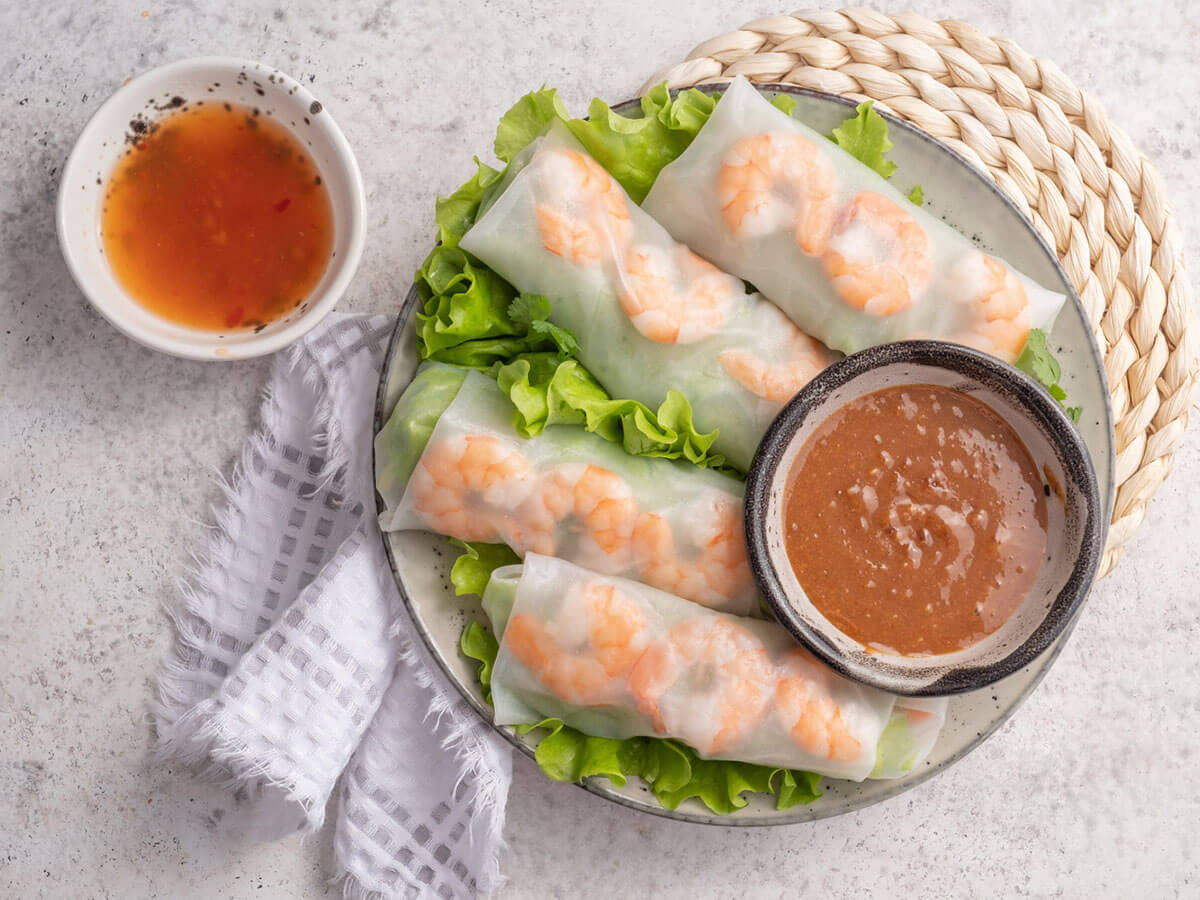
Gỏi cuốn (Fresh Spring Roll)
Cooking Method: Not cooked, served fresh
Texture: Soft and sometimes sticky
Serving Temperature: Served at room temperature or chilled
Main Ingredients: Pork, prawns, vegetables, rice vermicelli
Wrapper: Translucent rice paper (bánh tráng)
Dipping Sauce: Hoisin sauce, peanut sauce, or nước mắm tỏi ớt
Cultural Context: Commonly enjoyed as a light, healthy appetizer
With these distinctive characteristics in mind, a comparison between chả giò and lumpia would further enrich our understanding of Southeast Asian culinary traditions.
Chả Giò vs. Lumpia
Chả giò and lumpia are both types of spring rolls that are popular in Southeast Asian cuisine, but they have distinct characteristics that set them apart:

Chả giò (Fried Spring Roll)
Origin: Vietnam
Wrapper: Rice paper
Filling: Ground meat (usually pork), shrimp, mushrooms, vermicelli noodles, vegetables
Cooking: Deep-fried
Texture: Crispy
Serving: Often served with nước mắm tỏi ớt
Cultural Variations: Reflects Vietnamese tastes and ingredients
Common Occasions: Popular street food and in restaurants

Lumpia
Origin: Indonesia and the Philippines
Wrapper: Thin pastry skin
Filling: Meat, vegetables, sometimes sweet fillings or bamboo shoots (particularly in Indonesian Lumpia Semarang)
Cooking: Served fresh (unfried) or deep-fried
Texture: Crispy or soft (if unfried)
Serving: Served with sweet and savory sauces, sometimes with spicy sambal
Cultural Variations: Reflects Indonesian and Filipino tastes, with variations like Lumpia Semarang known for bamboo shoot filling
Common Occasions: Common in gatherings and celebrations
Understanding the nuances between chả giò and lumpia allows for an intriguing comparison to Chinese spring rolls, revealing how regional ingredients and culinary practices influence these beloved Asian specialties.
Chả Giò vs. Chinese Spring Rolls
Chả giò (Vietnamese fried spring rolls) and Chinese fried spring rolls are both popular types of fried appetizers, but they have distinct differences in ingredients, preparation, and presentation.

Chả giò (Fried Spring Roll)
Origin: Vietnam
Wrapping: Traditionally uses rice paper
Filling: Ground meat (usually pork), shrimp, rice vermicelli, herbs
Regional Variants: Southern Vietnam has chả giò; central has chả ram, northern has nem rán
Serving Accompaniments: Lettuce, fresh herbs, nước mắm tỏi ớt
Typical Occasions: Tết (Vietnamese New Year), weddings, large parties, gatherings, and other celebrations

Chinese Fried Spring Rolls
Origin: China
Wrapping: Can use flour-based mix or batter
Filling: Cabbage, carrots, sometimes pork or shrimp
Regional Variants: Different fillings and sizes can vary by region
Serving Accompaniments: Soy sauce, duck sauce, plum sauce
Typical Occasions: Eaten during the Spring Festival and other springtime festivals such as the Cold Food Day and the Tomb Sweeping Day
For further details and common inquiries about chả giò, a comprehensive FAQ section would be a valuable resource for enthusiasts of Vietnamese cuisine.



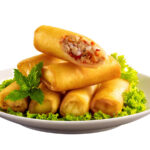
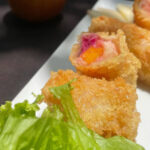
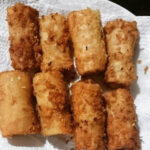
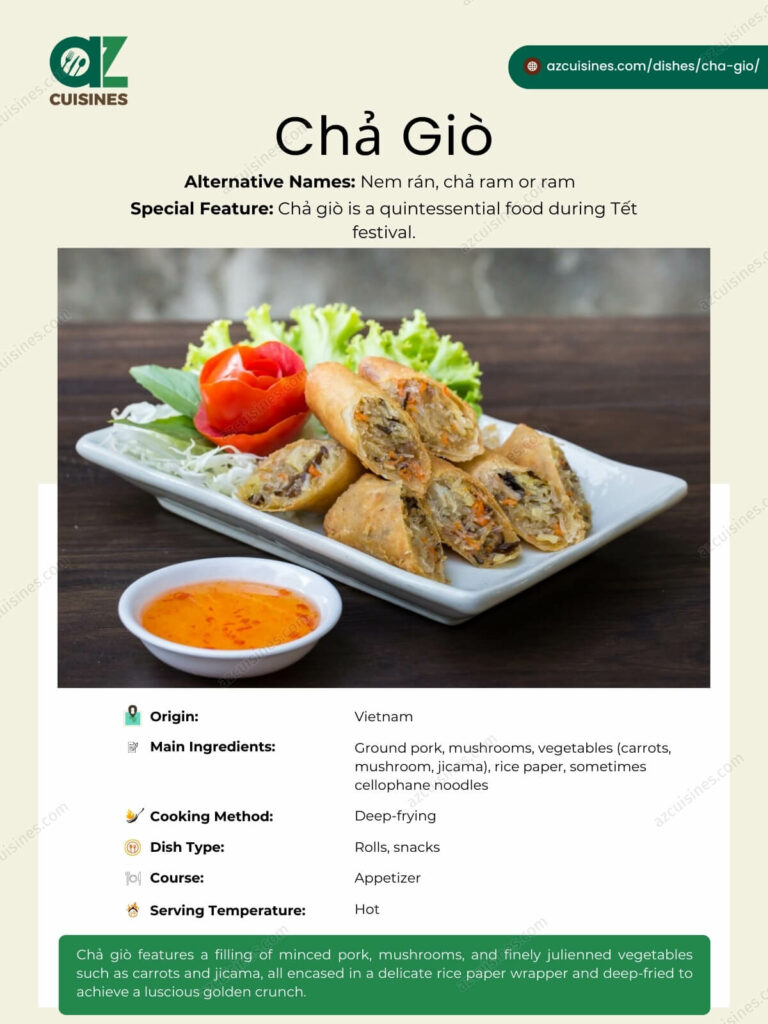
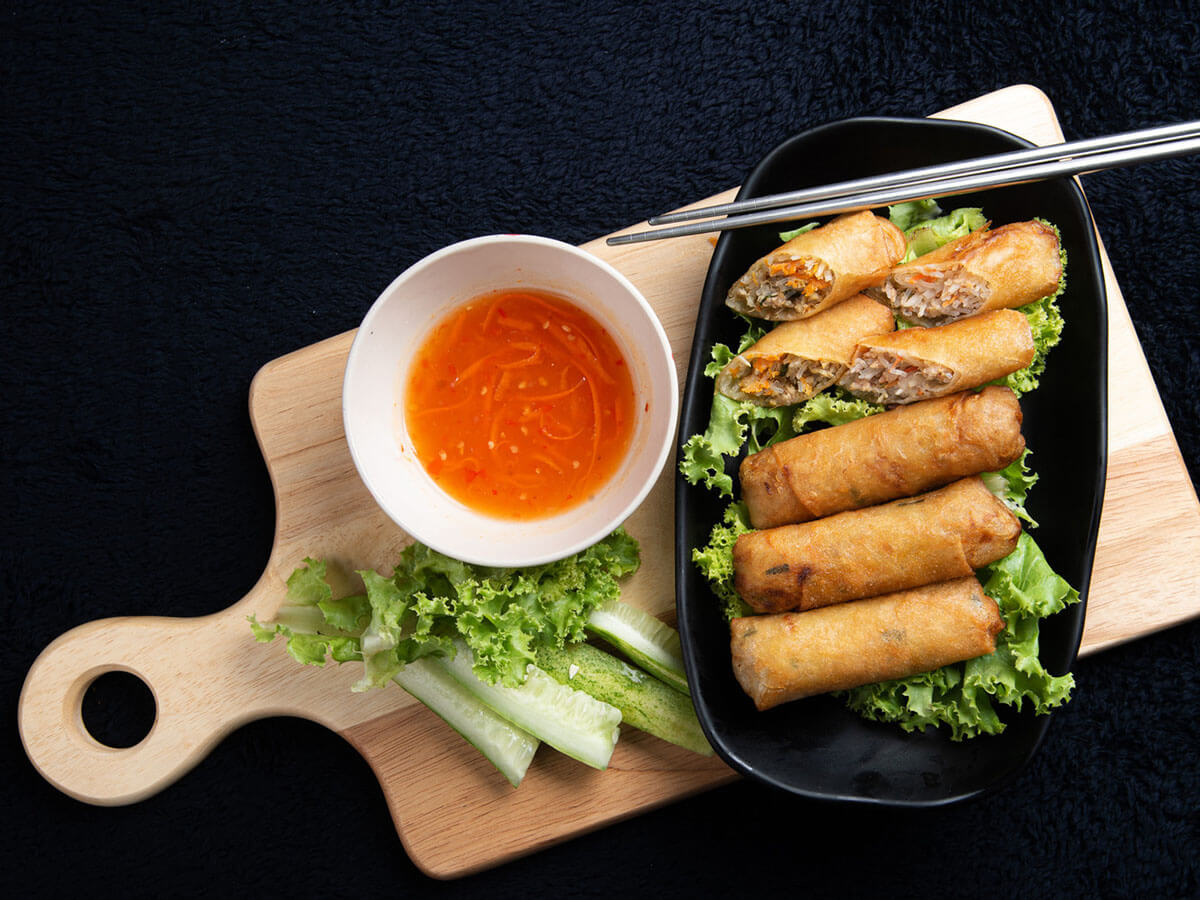
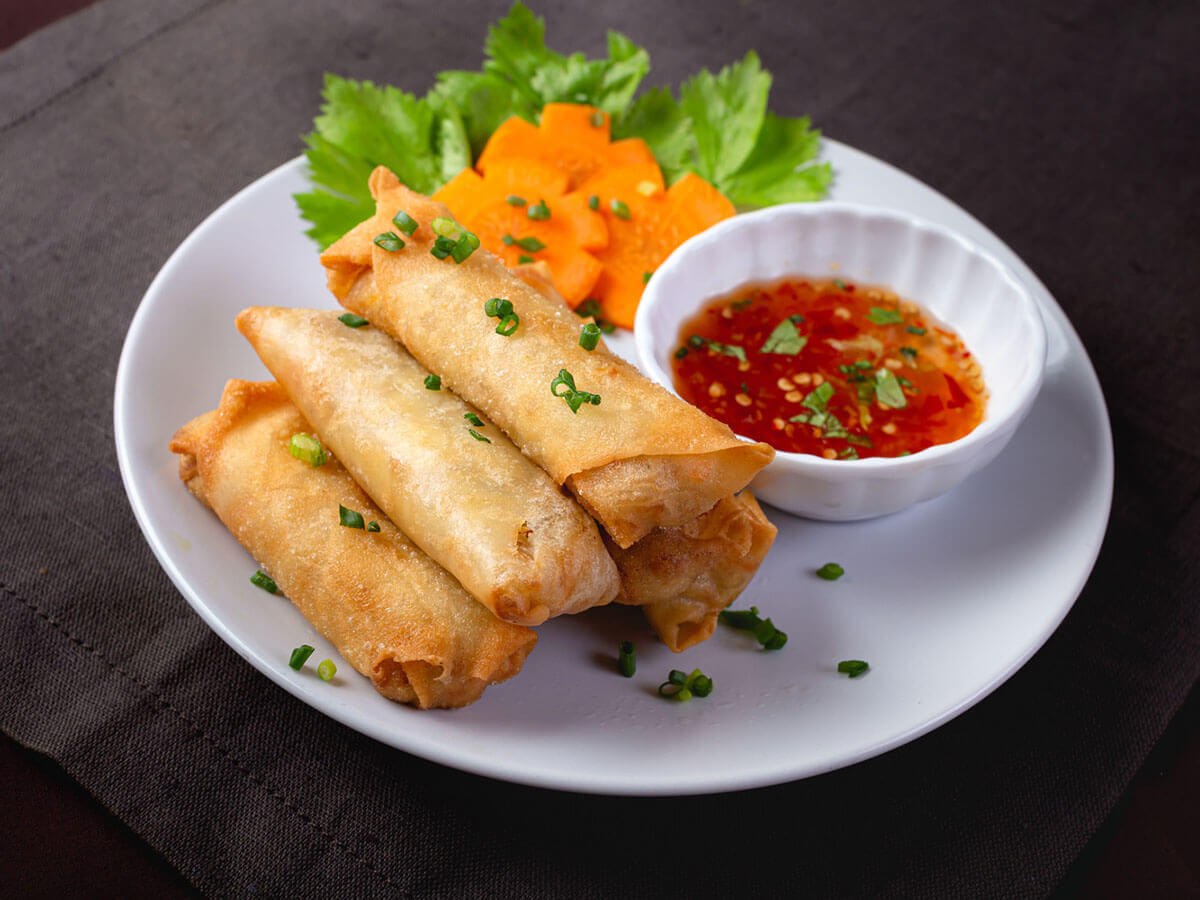
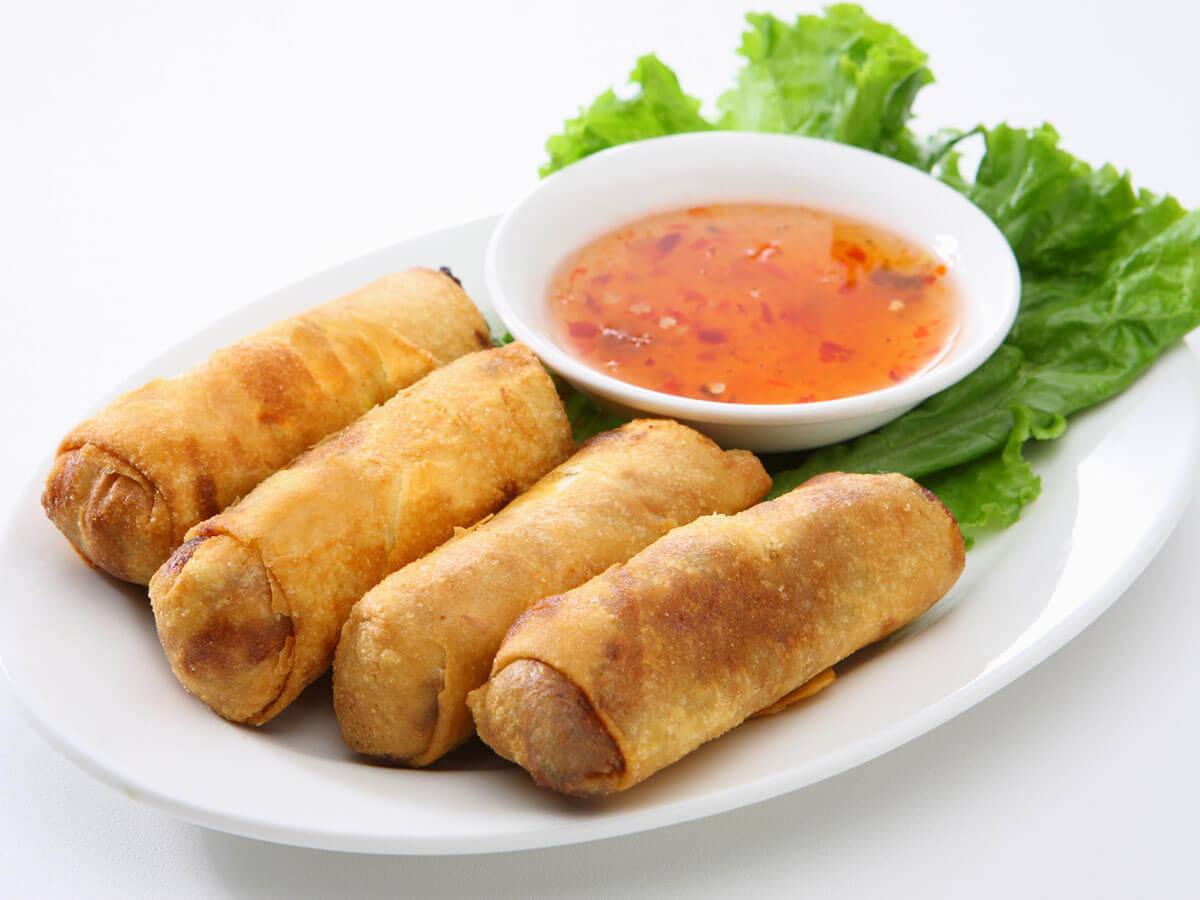
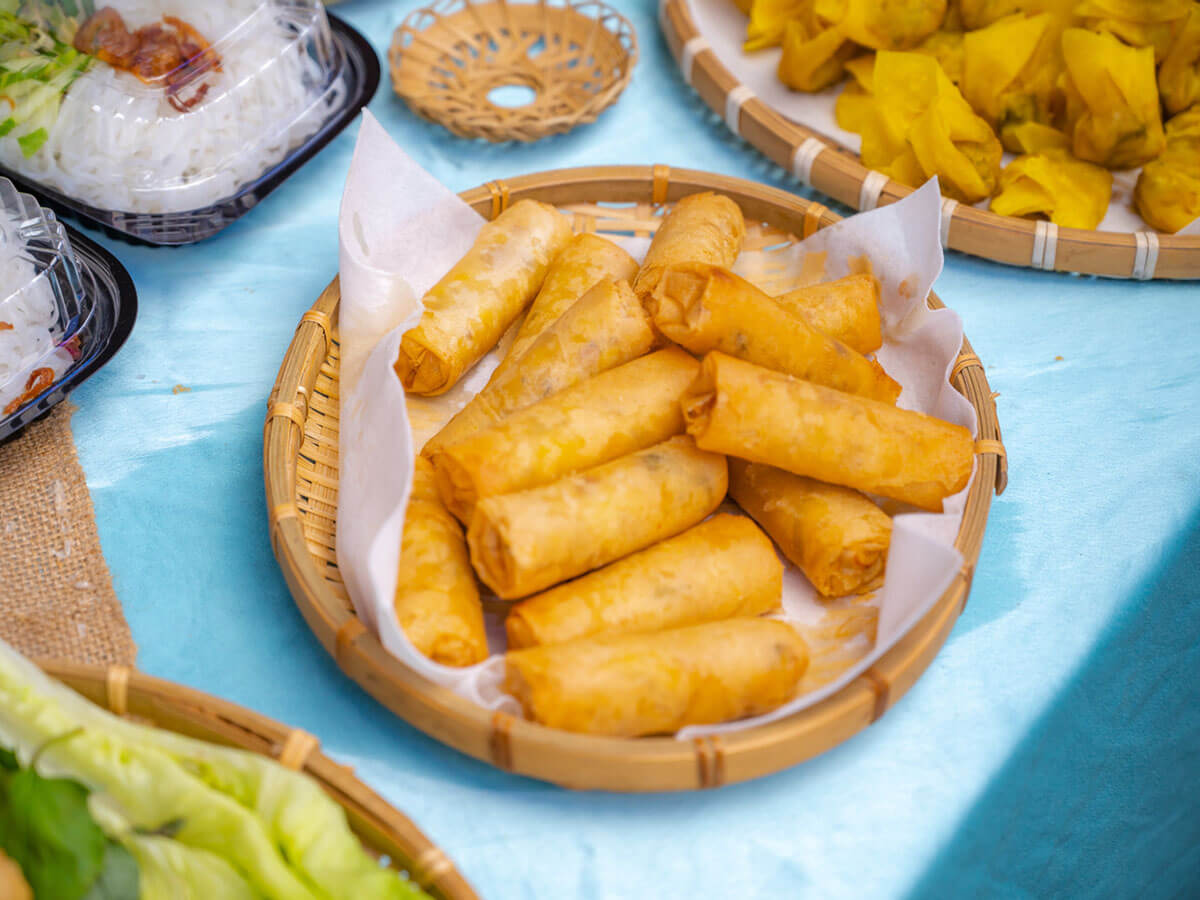
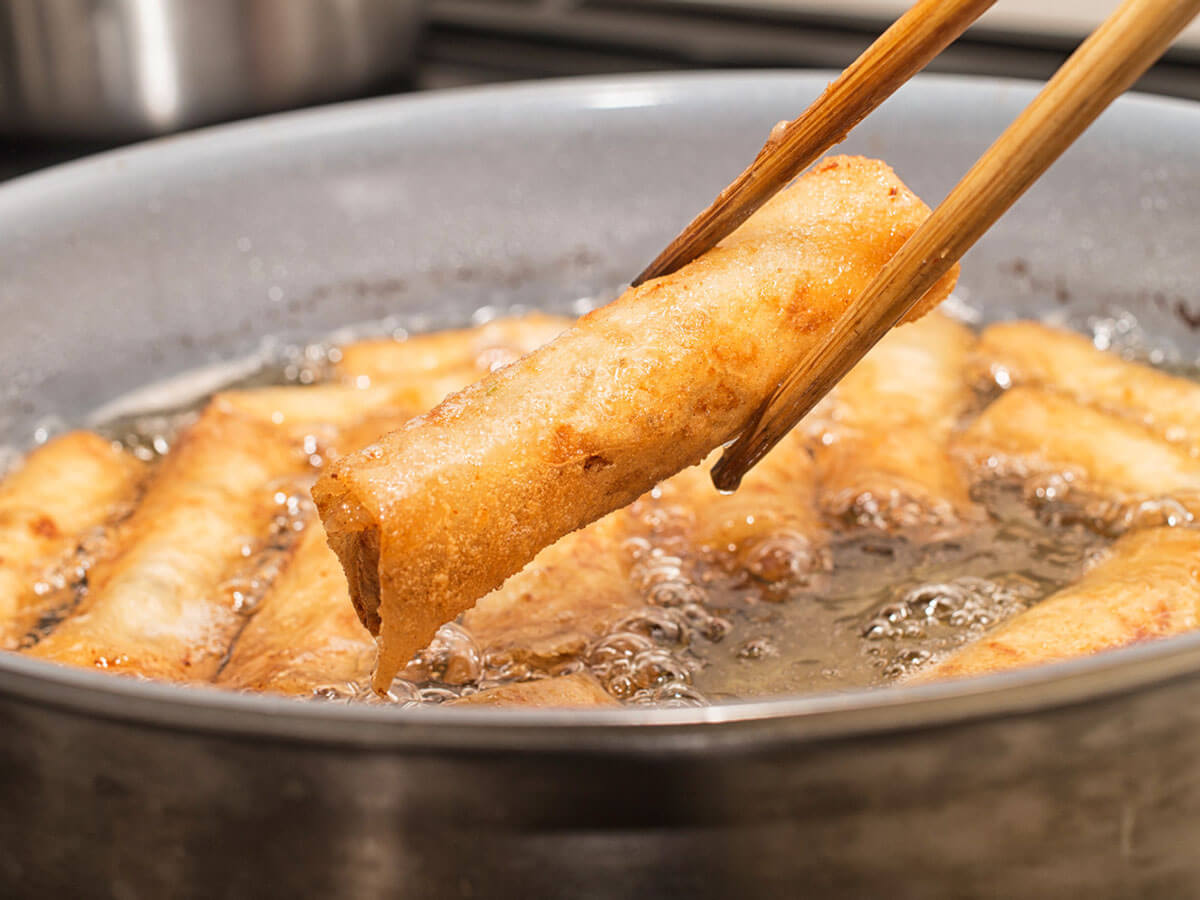
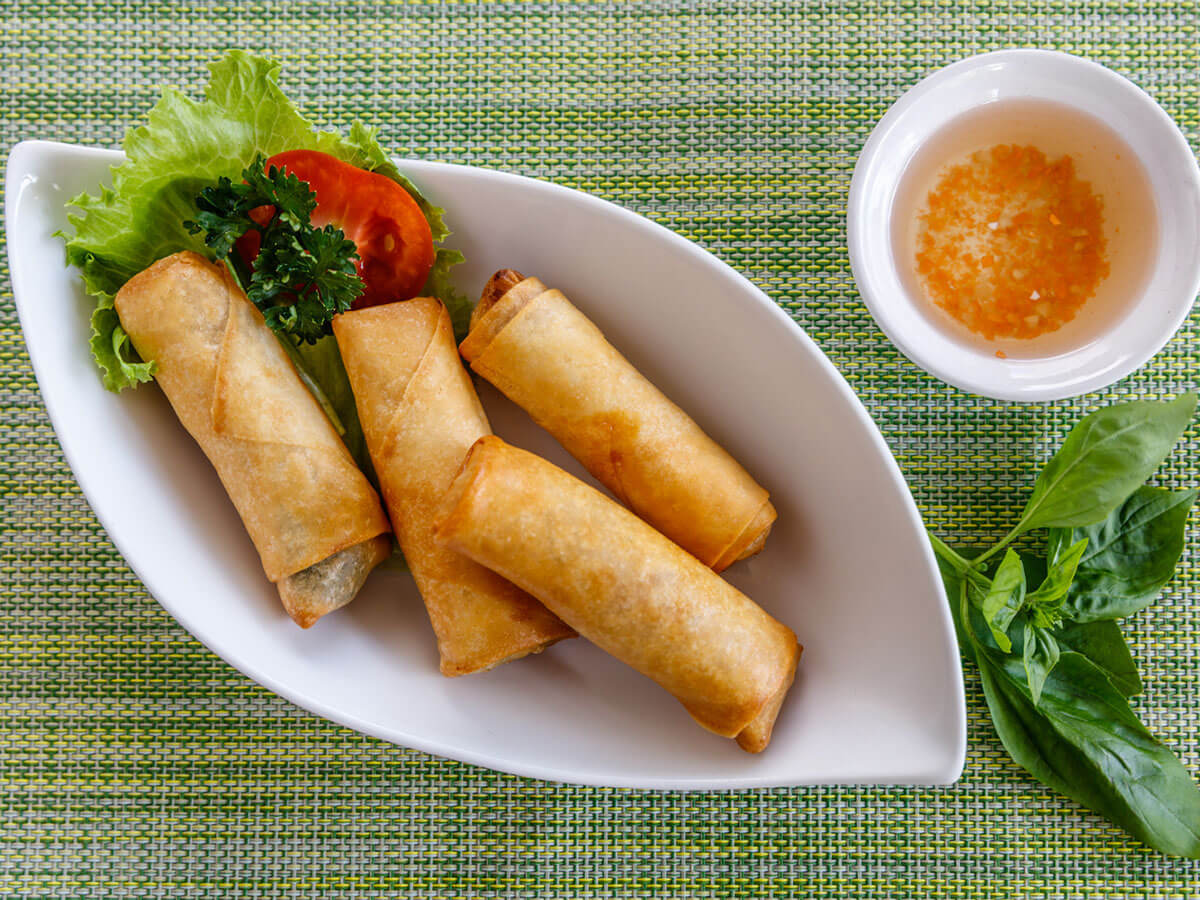
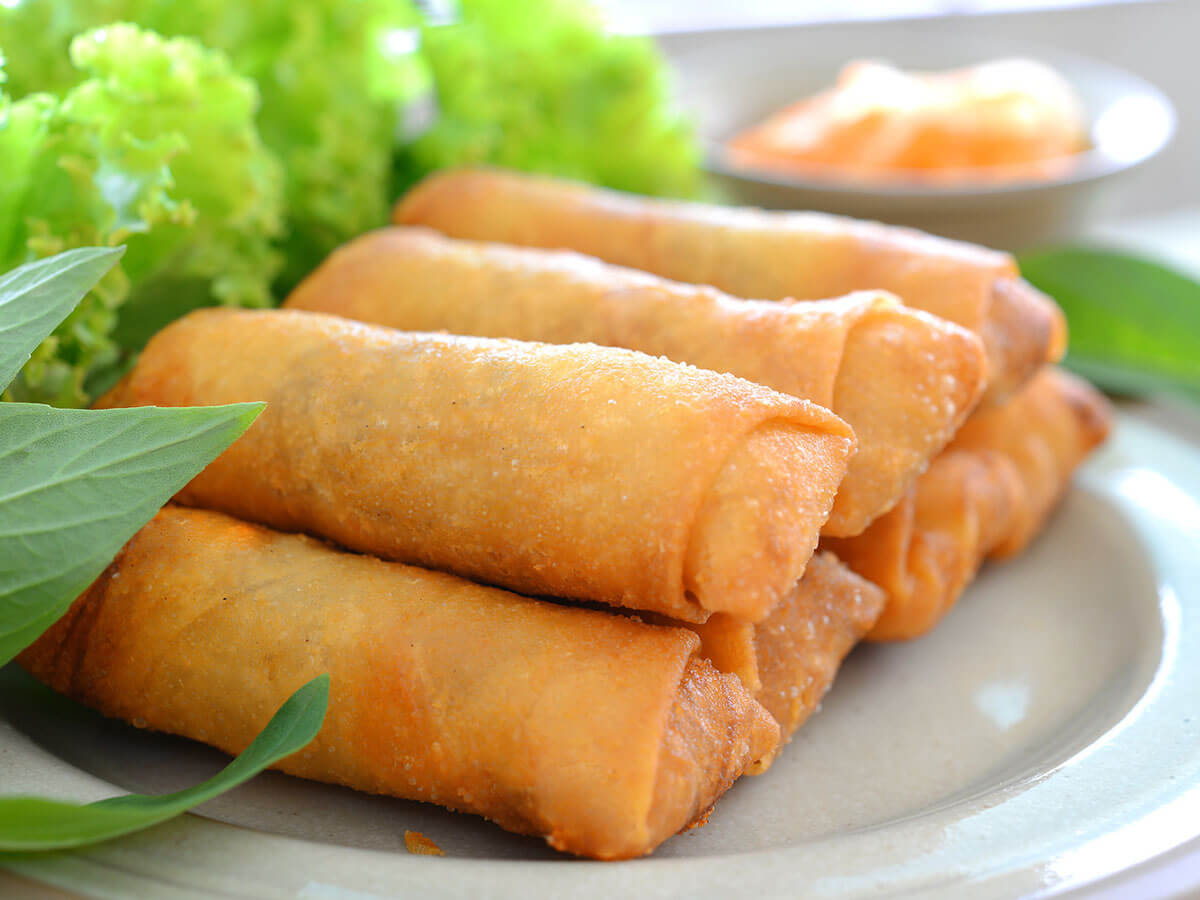
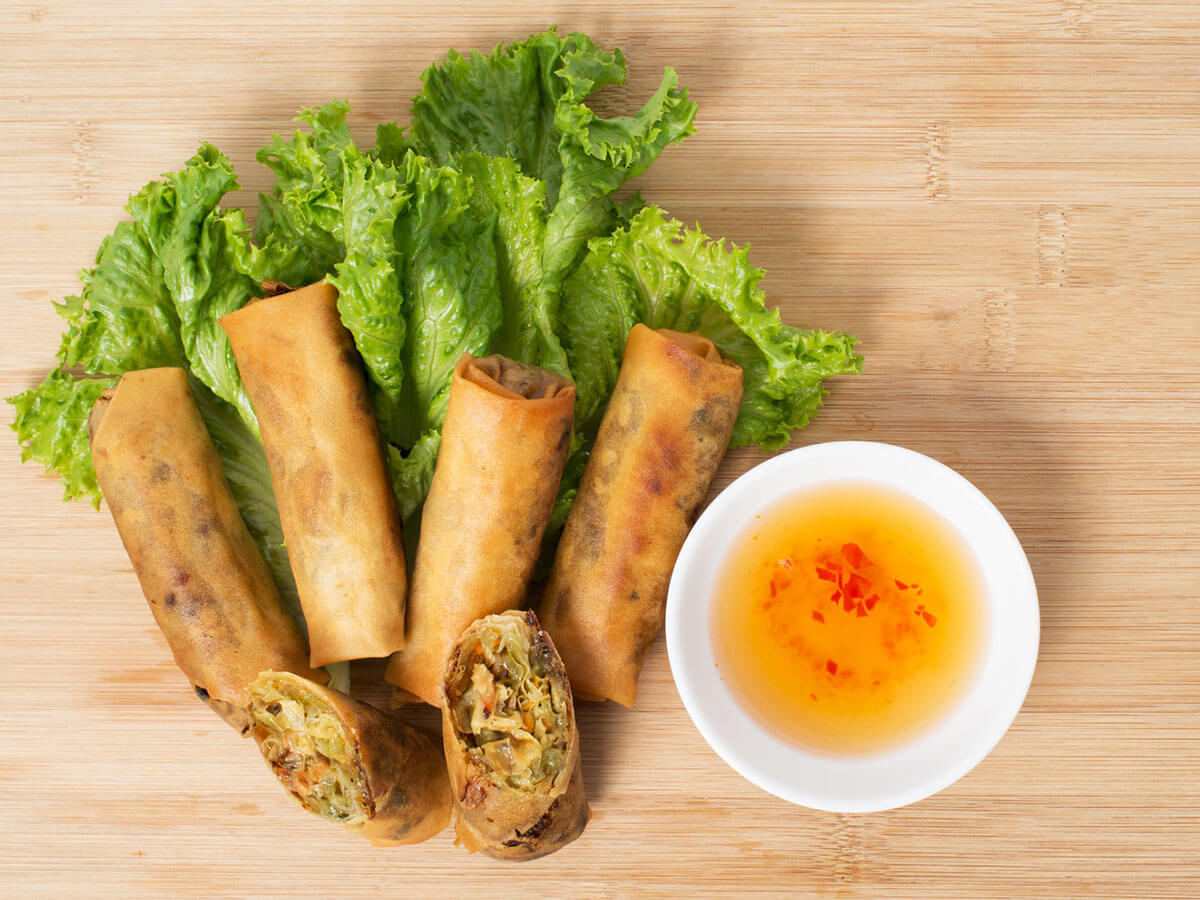
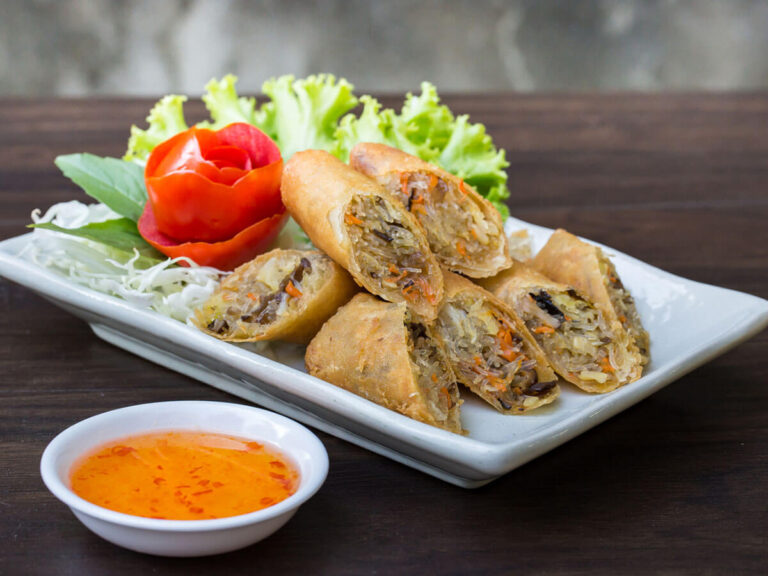
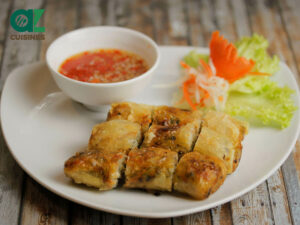
Truc Tran (Kris)
Senior Food Editor
Expertise
Home Cooking, Meal Planning, Recipe Development, Baking and Pastry, Food Editor, Cooking-video Maker, Vietnamese Food Evaluation Expert
Education
Truc Tran (Kris), an experienced food writer and editor, is great at exploring and describing global cuisines, from simple street food to fancy dining. In her writing, she skillfully mixes different flavors, cooking methods, and culinary traditions, showing the unique character of various cultures through their food and drinks. On azcuisines.com, Kris highlights her knowledge, especially in Asian cuisine and worldwide traditional dishes.